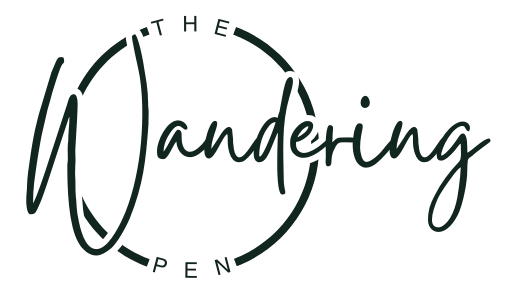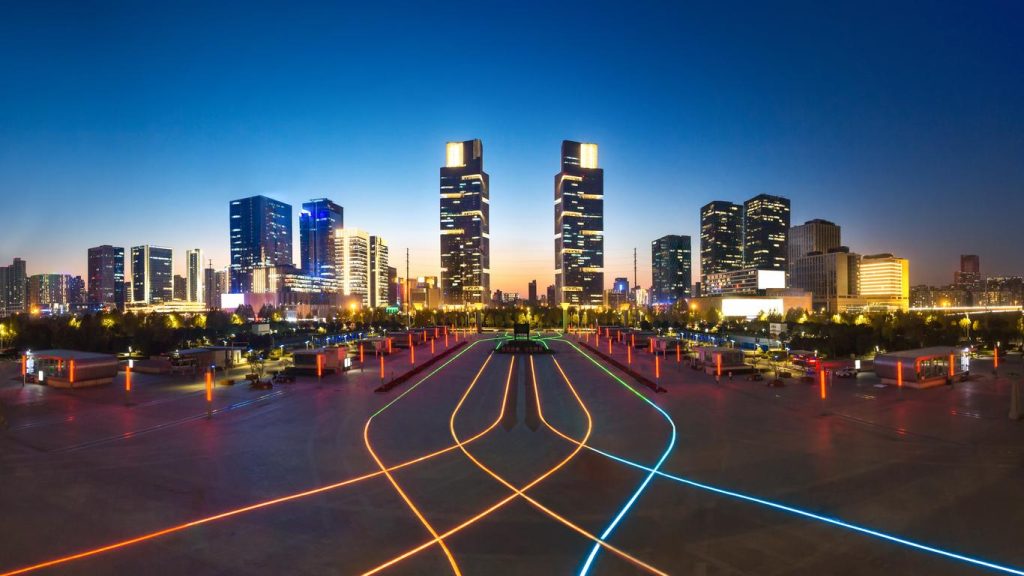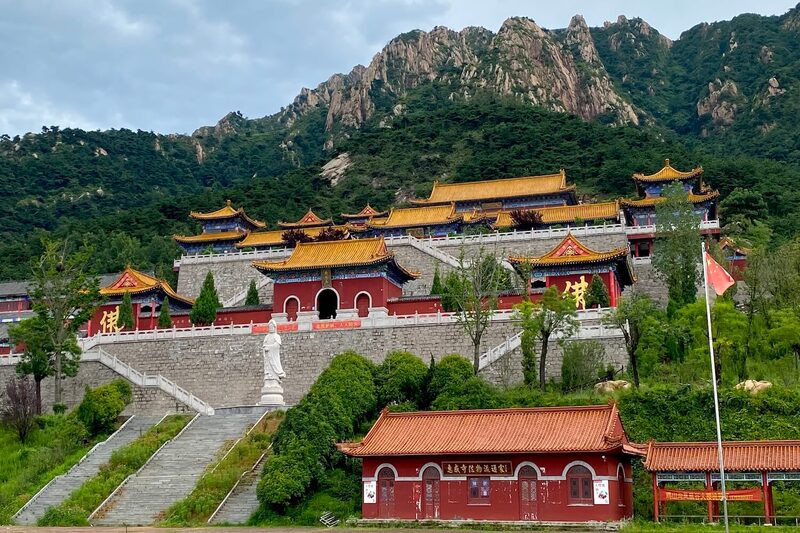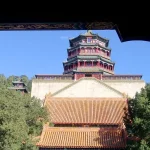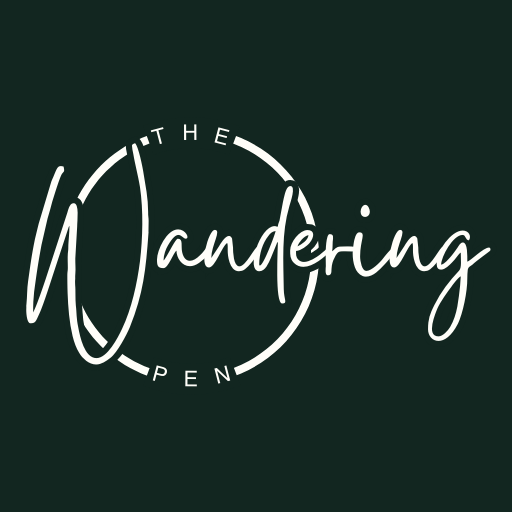Zhengzhou, the capital of Henan Province in China, is a historic land of the Han people, cradled by the Yellow River (also known as the Golden River). It’s no wonder Henan’s tourism slogan, “Where China Began,” highlights this region as the cradle of Chinese civilization, alongside cities like Luoyang and Kaifeng. A trip to Zhengzhou offers a chance to explore renowned sites such as the Shaolin Temple, Lord Bao Temple, Guan Yu’s Tomb and Temple, Longmen Grottoes, and the Yuntai Mountain peak. In this article, I’ll share insights about Henan Province, a land steeped in history.
Speaking of Henan, it’s a central Chinese province with a population exceeding 100 million—comparable to Vietnam’s. It’s home to two ancient cities: Luoyang, known as the “Capital of Nine Dynasties,” and Kaifeng, dubbed the “Capital of Seven Dynasties.”
Kaifeng, also called Bianliang or Bianjing, lies in central Henan. During the Spring and Autumn Period, Duke Zhuang of Zheng built a commercial city here. Kaifeng served as the capital for seven dynasties—Wei (Warring States), Later Liang (Five Dynasties), Later Jin, Later Han, Later Zhou, Northern Song, and Jin—with the Northern Song being the most prosperous. Today, it’s famed for landmarks like Xiangguo Temple, Dragon Pavilion, Iron Pagoda, Fan Pagoda, and King Wu’s Terrace.
Luoyang, situated in western Henan, dates back to the 11th century BCE. It was the capital for dynasties like Eastern Zhou, Eastern Han, Cao Wei, Western Jin, Northern Wei, Sui, Tang, Later Liang, and Later Tang. Now a key rail junction for the Longhai and Jiaoliu lines, Luoyang boasts attractions like Longmen Grottoes, Baima Temple, Guanlin, and the ancient Han-Wei Luoyang city ruins.
Travel Guide to Zhengzhou
Pre-Travel Preparations
Chinese Visa: Traveling to China requires a visa. You can apply at the Chinese Embassy in Hanoi or Ho Chi Minh City, though the process can be complex, needing invitation letters and various proofs. For a faster option, visa services cost around 70 USD per person for a single-entry visa valid for three months from issuance.
Essentials to Pack:
- A light jacket for the flight (air conditioning can get chilly).
- Common medications (e.g., for digestion, allergies).
- Warm clothing for winter trips—Zhengzhou sees snow, with temperatures occasionally dropping below zero.
- Comfortable walking shoes, as you’ll be on your feet a lot.
- Currency Exchange: Exchange money at Ha Trung in Hanoi for better rates than banks or in China.
Traveling to Zhengzhou
Flights: Most routes to Zhengzhou involve a transit stop, such as Hong Kong, Taiwan, or Singapore. Tiger Air recently launched a Singapore-Zhengzhou route, with round-trip fares from Hanoi at around 11 million VND (~440 USD) and from Saigon at 9 million VND (~360 USD). Promotional deals can lower costs further.
For my trip, I chose Tiger Air’s new route, flying from Hanoi to Singapore for a 2-day stopover, then continuing 5.5 hours to Zhengzhou. The 8-day journey included 2 days in Singapore and 6 in Zhengzhou—a long but memorable adventure. The midnight flight from Singapore was packed with business travelers. Unprepared for the cold cabin in shorts and a t-shirt, I bought a 15 USD blanket from Tiger Air—pricey, but it kept me cozy for a good sleep. We landed at 7:00 AM in Zhengzhou, greeted by a crisp, slightly overcast morning. Summer here is warm but cooler than Hanoi by 2–3°C. Zhengzhou’s modern airport is spacious yet not overly busy.
From Zhengzhou, you can explore Luoyang and Kaifeng, where most sightseeing happens. My 6-day itinerary was:
- Day 1: Singapore to Zhengzhou Airport – Lord Bao Temple – Kaifeng Prefecture
- Day 2: Millennium City Park – Drum Tower Night Market
- Day 3: Yuntai Mountain National Park (Red Stone Valley)
- Day 4: Glass Skywalk at Yuntai Mountain – travel to Luoyang – Guan Yu Temple and Tomb – Luoyang Old Town
- Day 5: Longmen Grottoes (UNESCO site) – Shaolin Temple – evening Shaolin Zen Music Show
- Day 6: Return to Zhengzhou – visit the Yellow River
This trip covered Henan’s key attractions. Alternatively, you could travel by train or road from Hangzhou or Beijing, thanks to China’s excellent rail network.
From Zhengzhou Airport to the City
Most flights arrive at Terminal 2. After immigration, head to the Arrivals hall and look for signs to the bus ticket counter. A shuttle to the city costs 20 CNY (~3 USD), depending on your destination. Long-distance buses to Luoyang or other cities start at 70 CNY (~10 USD). I haven’t tried the elevated train, but I spotted its tracks—give it a go and let me know how it is!
Kaifeng City and Kaifeng Prefecture
From Zhengzhou Airport, our group went straight to Kaifeng, a smooth 1.5-hour drive on modern highways. Kaifeng ranks among China’s eight ancient capitals, alongside Beijing, Xi’an, Nanjing, Luoyang, Anyang, Hangzhou, and Yan’an. Though wars have erased much of its ancient charm, it now features modern buildings, amusement areas, and vast parks.
Must-See Spots in Kaifeng:
- Lord Bao Temple and Kaifeng Prefecture
- Millennium City Park (featuring mock battles, bride-throwing contests, martial arts shows)
- Drum Tower Night Market (street food galore)
- Dragon Pavilion
A thorough visit takes 2–3 days, but 1.5 days is manageable. Top highlights are Lord Bao Temple and Kaifeng Prefecture, both near Baogong Lake—temple on the west, prefecture on the east. Kaifeng Prefecture, open 7:00 AM–7:00 PM, is a sprawling complex with activities like a 9:00 AM opening ceremony, 9:30 AM–2:00 PM trials of Lord Bao, and afternoon martial arts demos. Entry is 50 CNY for adults (~7 USD), 25 CNY for kids (~3.50 USD). You’ll see reenactments of Lord Bao’s tales and his three famous guillotines.
Lord Bao Temple: Dedicated to Bao Zheng, it’s open 8:00 AM–5:30 PM for 20 CNY (~3 USD). Contrary to films, he was about 1.6 meters tall with fair skin—not dark, as pale faces were seen as untrustworthy in dramas.
Dragon Pavilion: In northwest Kaifeng, this park was a seat for six dynasties, peaking under the Northern Song (960–1127). Rebuilt partly in the Ming Dynasty (1368–1644) and expanded in the Qing, it’s open 8:00 AM–7:00 PM for 80 CNY (~11 USD). A 2-hour visit suffices.
Millennium City Park: Also in northwest Kaifeng, this 40-hectare park recreates Northern Song life with 50+ ancient-style boats and 400+ Song-style buildings. Open 8:00 AM–10:00 PM for 100 CNY (~14 USD), it offers 2-hour tours and evening outdoor performances (separate tickets).
Drum Tower Night Market: A bustling spot with Tibetan, Central Asian, and Muslim eats. Grilled specialties, especially marinated tofu skewers, fill the air with irresistible aromas. I bumped into a friendly “Pigsy” and “Monkey King,” snapping photos for 5 CNY after some haggling.
Yuntai Mountain
Part of the Yuntaishan Global Geopark in northern Jiaozuo, this 556 km² park at the southern foot of the Taihang Mountains features dramatic rifts, stunning landscapes shaped by water, and rich ecological and cultural relics. Highlights include Yuntai’s waterfalls, Qinglongxia’s canyons, Fenglinxia’s towering cliffs, Qingtianhe’s clear streams, and the unique Glass Skywalk. A visit takes 1.5–2 days with plenty of walking—bring good shoes and stamina.
My group traveled from Kaifeng to Yuntai, a 2+ hour drive. The welcome area was sunny and fresh, with a spacious lot and solar-powered lamps. Buses from Zhengzhou leave the long-distance station opposite the train station at 8:00 AM, returning at 4:30 PM. Entry (including shuttle) is 210 CNY (~30 USD) from March to November, 120 CNY (~17 USD) otherwise, valid for 2 days. Key spots are Hongshi Valley’s red cliffs and flowing streams—gorgeous year-round—and the Glass Skywalk atop the peak.
Two-Day Itinerary: Day 1: Hongshi and Tanpu Valleys; Day 2: Glass Skywalk, then back to Zhengzhou.
Luoyang City Highlights
Luoyang, a cradle of Chinese Buddhism and one of eight ancient capitals, hosted 15 dynasties. Time and war have left few relics, replaced by modern streets and sights.
Guan Yu’s Tomb and Temple: After lunch at Yuntai, we drove to Luoyang, arriving by 4:00 PM to visit Guan Yu’s resting place. Known from the Three Kingdoms era, this revered general’s fame spans Asia. His tomb, south of Luoyang, covers 130+ hectares, with his head buried here, body in Hubei, and soul honored in Shanxi.
Luoyang Old Town: A lively night spot with street food and trinkets like paper crafts and fragrant sachets. Traditional pastries with fluffy coatings melt in your mouth—delicious but messy to transport home.
Longmen Grottoes: 12 km south of Luoyang, these Buddhist caves along Xiangshan and Longmenshan mountains feature 2,345 caves, 100,000+ statues, and a UNESCO listing since 2000. Begun in 493, they reflect Northern Wei (30%) and Tang (60%) artistry. Buses K53, K60, K67, K71, K81, or K99 get you there; entry is 120 CNY (~17 USD), plus 10 CNY (~1.50 USD) for a tram.
Shaolin Temple: In Dengfeng near Songshan, this Zen Buddhist and martial arts hub dates to 477, founded by Bodhidharma. Open 8:00 AM–5:00 PM for 100 CNY (~14 USD), it’s a 1–2 day visit. Don’t miss the evening Zen Music Shaolin Grand Ceremony (8:00 PM–9:15 PM, March to October, 85–960 CNY/~12–137 USD).
Final Day: Yellow River
We returned to Zhengzhou to see the Yellow River, one of China’s two great rivers. A hovercraft tour (130 CNY/~18 USD) took us to a mid-river islet for horse riding and trike rides—fun but not thrilling. The day ended gently, wrapping up a 6-day journey through Henan’s unique sites.
Henan’s rich history and stunning landscapes left a deep impression. I hope this guide inspires your Zhengzhou, Luoyang, and Kaifeng adventure—feel free to ask questions below!
